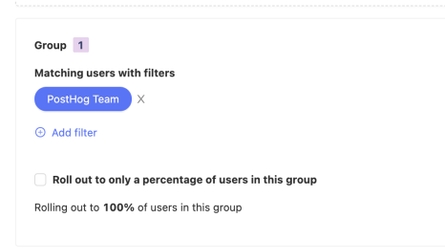
DAY, MONTH, SECOND) or a string literal ( 'day', 'month', 'second'), but date_diff() only accepts string literal interval representations. So you can bring together and analyze data from various sources. In that case, the Panoply can load data from Amazon Redshift, amongst numerous other options to integrate with data sources and BI tools. CAST(DATEDIFF(YY, dob, GETDATE())) AS age. The DATEPART, DATETRUNC, DATEADD, and DATEDIFF functions And suppose you're looking for ways to manage this data in Redshift. To view a list of supported time zone names, run the following command. When an input value includes a time zone, Amazon Redshift uses the time zone to convert the value to UTC and stores the UTC value. In this case, we end up with a terrible user experience and hard to debug problems (I bet that exceeded connection limit is not going to be the first possible cause we will look at while debugging). Use the TIMESTAMPTZ data type to input complete timestamp values that include the date, the time of day, and a time zone. A curious difference between the two functions is that DATEDIFF will accept either a raw interval for its first argument (e.g. of birth as varchar YYYYMMDD in Amazon Redshift SQL using CAST, DATEDIFF, and/or GETDATE if necessary. If we use Redshift as a data source of a user-facing application, we can easily exceed that limit.

, date_diff('day', ''::DATE, ''::DATE) AS date_diff_outputĪWS provides documentation on DATEDIFF(), however no record of date_diff() appears to exist within either Redshift or PostgreSQL documentation. , datediff('day', ''::DATE, ''::DATE) AS datediff_str_literal_output The following code snippet provides an example of this behavior: SELECT datediff(DAYS, ''::DATE, ''::DATE) AS datediff_interval_output It appears that Redshift supports two possible functions for computing a time interval distance between two DATE-like objects: DATEDIFF() & date_diff().


 0 kommentar(er)
0 kommentar(er)
